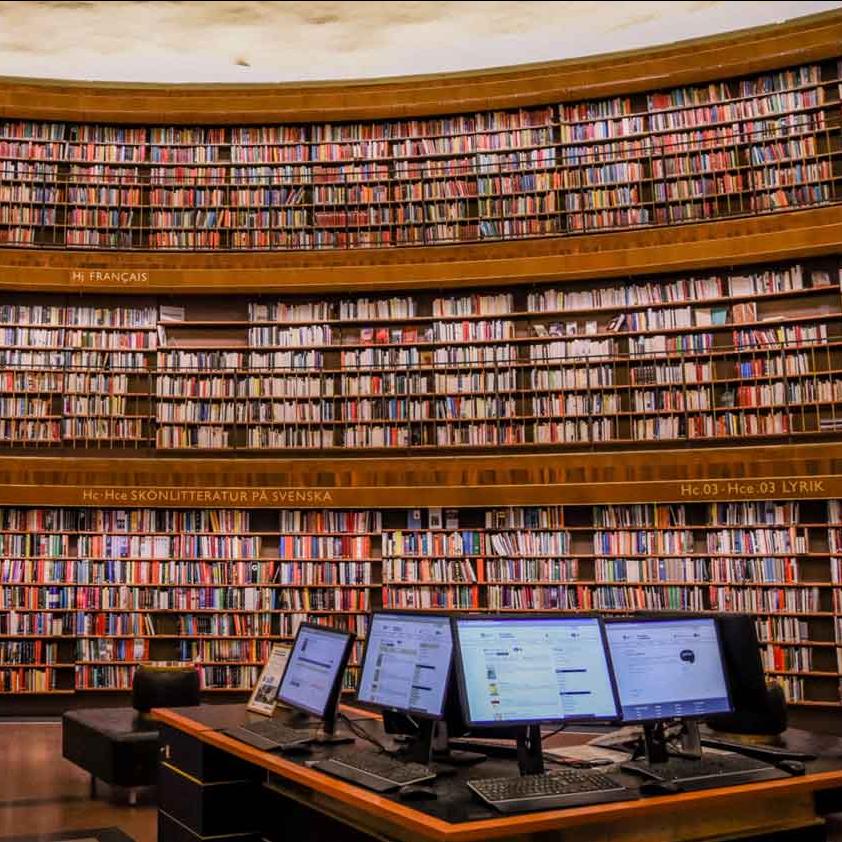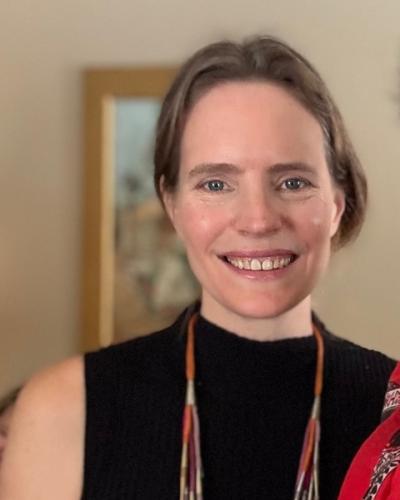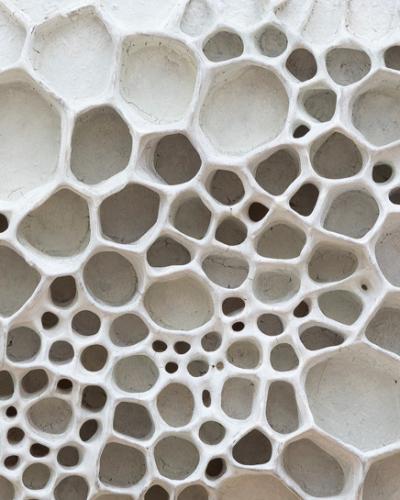Announcing the 2024-25 Fellows at the Society for the Humanities:
Durba Ghosh, Taylor Family Director
Alexander Livingston, interim Director (Fall 2024)
Fellows
Angelica J. Allen, Africana Studies, Chapman Univeristy
Portraits of Afro-Amerasians in the Phillippines
Jenifer Barclay, History, University at Buffalo
At Last: Confronting Intersectional Erasure and Silence in the History of American Education
Cassandra Falke, English Literature, UiT-The Arctic University of Norway
Reader as Witness: Contemporary Fiction and the Silences of History
Dawn LaValle Norman, Institute for Religion and Critical Inquiry, Australian Catholic University
Speaking Silences: Inner Dialogues in Late Ancient Texts
Julia Laurel Mueller, Committee on Social Thought, University of Chicago
A Poetics of Birds: Migration, Extinction, and Other Silences
Faculty Fellows
Jonathan Boyarin, Anthropology & Near Eastern Studies
Can the Jewish Dead Speak?
Andrew Campana, Asian Studies
Glitch Text: Poetry, Disability, and Digital Media in Japan
Patchen Markell, Government
Reading Silence in and Around Hannah Arendt's The Human Condition
Sara Warner, Performing and Media Arts
The Silent Majority: Lorraine Hansberry's Queer Closet Drama
Mellon Graduate Fellows
Brian V. Sengdala, Performing and Media Arts
Knowing Silence: Cambodian/American Archives in Performance
Bianca Waked, Sage School of Philosophy
Beyond the Metaphor: A Conceptual Analysis of Audism and Racism
Mellon Postdoctoral Fellows
Ayşe Polat, Near Eastern Studies
Liz Schoppelrei, German Studies
Humanities Scholars Program Postdoctoral Associates
Paulo Lorca, Romance Studies
Kyhl Stephen, Literatures in English
2024-25 Focal Theme: Silence
In the year of silence, we want to attend to what is not there: the absences, the elisions in our sources, our stories, our histories. Silence can assume many forms and valences. As an epistemological lacuna, silence circumscribes the pages and voices excluded from the archives used to define a society, culture, tradition, or canon. Other times, ‘silence’ has always been speaking: it is not a lost episteme, but a voice that hasn’t been listened to, hasn’t been considered vital, that has been ‘silenced’ and now needs to enter – and alter – the official record.
Silence thus can serve as a rallying cry and warning, something to heed and listen to. From the AIDS activist slogan “Silence = Death” to the more recent “silence is violence” or “silence is not an option,” keeping silent is revealed as complicity. Because of its power, silence often functions as a strategy and component of artistic expression: the pauses in a piece of music, the ‘off-stage’ in drama, the word or phrase elided in a literary text or poem, the repressed of the unconscious that only appears in distorted and displaced forms. In art, silence both punctures and gives shape to the work; it is the frame around which expression takes form.
Methodologically, the guiding scholarly question regarding silence is: How does one work with and on a silenced archive, the unarticulated in an artwork, a lost or destroyed document? The means are often speculative, creative, experimental – a conjuring of voices from the data available, the tracing of lines that can be faintly read. Which raises the further questions: What are the ethics of giving voice to the voiceless? How does one faithfully begin to fill in the silences in our histories and stories? And who decides whose story is told, and how?
Image: Mary Bauermeister, Untitled (Wabenbild), 1959, courtesy of Galerie Knoell and the Mary Bauermeister Art Estate, VG Bild-Kunst. Photo by Madita Bachhofer (detail).






